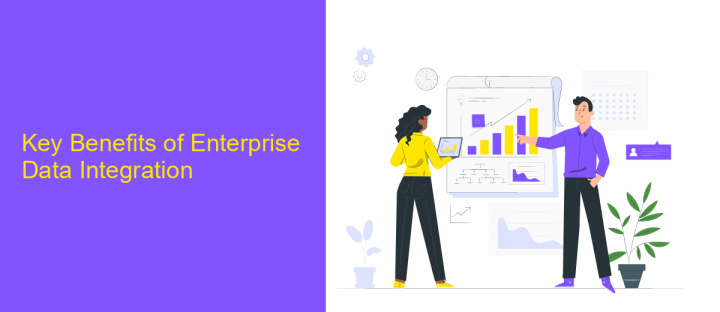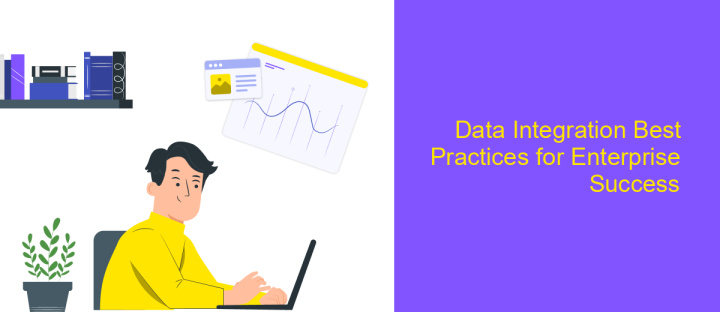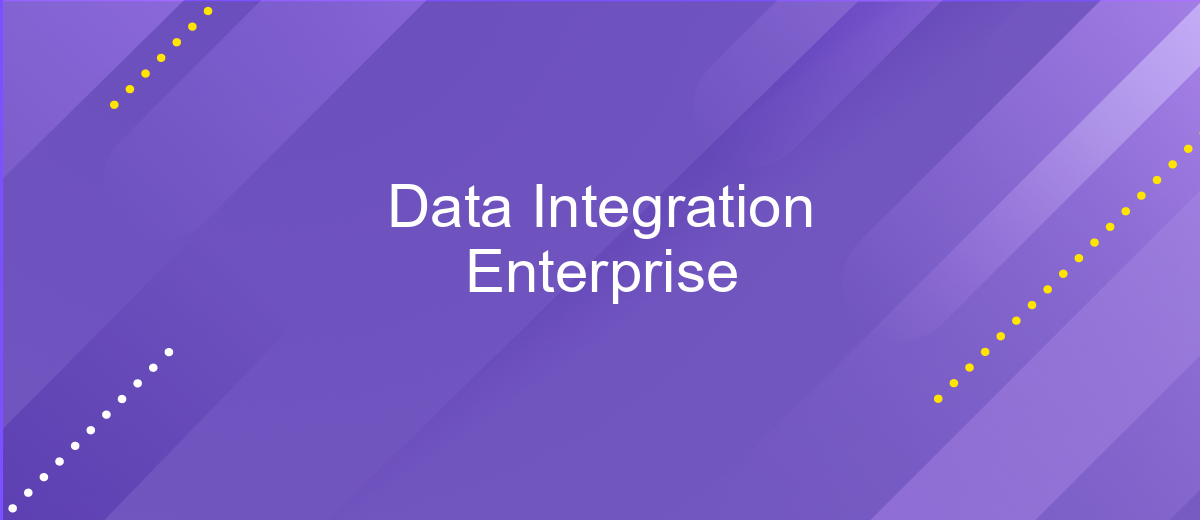Data Integration Enterprise
Data integration has become a cornerstone for modern enterprises aiming to harness the full potential of their data. By seamlessly combining information from diverse sources, organizations can achieve a unified view that enhances decision-making and operational efficiency. This article explores the critical role of data integration in enterprise environments, highlighting key strategies, challenges, and technologies that drive successful implementation and unlock valuable insights.
Understanding Data Integration in the Enterprise
Data integration in the enterprise is a critical process that involves combining data from various sources into a single, unified view. This process is essential for businesses seeking to harness the power of their data to drive informed decision-making and improve operational efficiency. By integrating data, enterprises can eliminate data silos, enhance data quality, and ensure consistency across different departments and systems.
- Improved decision-making: Access to comprehensive data allows for more accurate and timely decisions.
- Operational efficiency: Streamlined processes reduce redundancy and improve productivity.
- Data consistency: Ensures that all departments work with the same data, reducing errors.
- Enhanced collaboration: Facilitates better communication and cooperation between teams.
- Scalability: Supports the growth of the enterprise by managing increasing data volumes efficiently.
Enterprises today face the challenge of managing vast amounts of data from various sources, including cloud services, on-premises systems, and third-party applications. Effective data integration strategies enable organizations to overcome these challenges by providing a comprehensive and coherent view of their data landscape. As a result, businesses can leverage integrated data to innovate, compete, and succeed in a rapidly evolving digital world.
Key Benefits of Enterprise Data Integration

Enterprise data integration offers a unified view of data across various systems, enhancing decision-making processes. By consolidating data from disparate sources, businesses can ensure data consistency and accuracy, reducing the risk of errors. This integration facilitates real-time data access, enabling organizations to respond swiftly to market changes and customer needs. Moreover, it enhances collaboration across departments, as data silos are broken down, fostering a more cohesive and efficient work environment.
Implementing enterprise data integration can also drive cost efficiency by automating data workflows and reducing manual data handling. Tools like ApiX-Drive simplify the integration process by providing seamless connectivity between applications, allowing businesses to focus on core activities rather than technical complexities. Additionally, integrated data systems support compliance with regulatory requirements by maintaining a comprehensive audit trail and ensuring data privacy. Ultimately, enterprise data integration empowers businesses to leverage data as a strategic asset, driving innovation and competitive advantage.
Common Data Integration Challenges and Solutions

Data integration in enterprises is a critical process that involves combining data from various sources to provide a unified view. However, this process is often fraught with challenges that can impede its effectiveness. One major issue is data silos, where information is trapped within different departments, making it difficult to access and integrate. Additionally, data quality issues such as inconsistencies and inaccuracies can lead to unreliable insights. Furthermore, the lack of standardization across data formats and systems complicates the integration process.
- Identify and break down data silos by fostering interdepartmental collaboration and using integration platforms.
- Implement data cleansing and validation processes to ensure high data quality and reliability.
- Adopt standardized data formats and protocols to streamline integration across diverse systems.
Addressing these challenges requires a strategic approach that combines technology with organizational change. By utilizing advanced integration tools and fostering a culture of collaboration, enterprises can overcome these obstacles. This not only enhances data accessibility and accuracy but also empowers businesses to make informed decisions, driving innovation and growth. Ultimately, effective data integration is pivotal for leveraging the full potential of enterprise data assets.
Data Integration Best Practices for Enterprise Success

Successful data integration in enterprises requires a strategic approach to manage diverse data sources effectively. It is essential to establish a robust framework that supports seamless data flow across various systems, ensuring data accuracy and accessibility. This involves understanding the specific needs of the organization and aligning data integration efforts with business objectives.
One of the most critical aspects of data integration is ensuring data quality and consistency. Enterprises must adopt best practices that promote data governance and standardization, reducing the risk of data silos and inaccuracies. By implementing a centralized data management system, organizations can enhance collaboration and decision-making processes.
- Establish clear data governance policies and procedures.
- Utilize scalable integration platforms to accommodate growth.
- Ensure real-time data synchronization for up-to-date insights.
- Invest in data quality tools to maintain data integrity.
- Foster cross-departmental collaboration to eliminate data silos.
By adhering to these best practices, enterprises can achieve a unified data environment that supports innovation and operational efficiency. It is crucial to continuously evaluate and adapt data integration strategies to meet evolving business needs, ensuring long-term success and competitive advantage.


Future Trends in Enterprise Data Integration
As enterprises continue to evolve, the future of data integration is poised to embrace advanced automation and AI-driven solutions. Companies are increasingly adopting machine learning algorithms to predict and automate data flows, thereby reducing manual intervention and enhancing efficiency. This trend is expected to drive the development of more intelligent integration platforms that can seamlessly adapt to changing business needs and data landscapes.
Moreover, the rise of cloud-based integration services is set to transform how businesses handle data integration. Platforms like ApiX-Drive are leading the way by offering user-friendly interfaces and robust automation capabilities, enabling organizations to connect disparate systems with minimal technical expertise. As these services become more sophisticated, they will empower enterprises to integrate data in real-time, ensuring that decision-makers have access to the most current and accurate information. This shift towards more agile and flexible integration solutions will be crucial in maintaining a competitive edge in the ever-evolving digital economy.
FAQ
What is Data Integration in an Enterprise context?
Why is Data Integration important for businesses?
What are the common challenges in Data Integration?
How can businesses automate their Data Integration processes?
What should businesses consider when choosing a Data Integration solution?
Apix-Drive is a universal tool that will quickly streamline any workflow, freeing you from routine and possible financial losses. Try ApiX-Drive in action and see how useful it is for you personally. In the meantime, when you are setting up connections between systems, think about where you are investing your free time, because now you will have much more of it.

